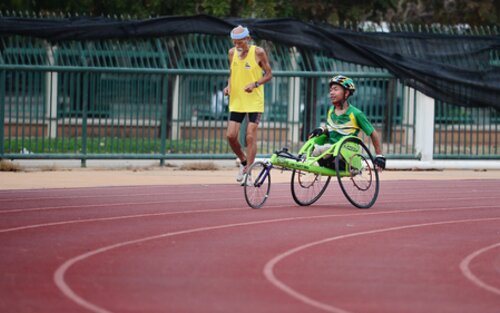What is Ableism?
Ableism is a set of beliefs or practices that lead to discrimination and prejudice towards people with disabilities. It can also be understood as discrimination in favor of able-bodied persons. Ableism beliefs and actions are rooted in the assumption that persons without disabilities are normal, while persons with disabilities somehow need to be “fixed.” This assumption is incorrect, and the first step in eliminating ableism ideologies is through education about disability.

(ArisaChattasa/Unsplash.com)

Ableism Thoughts & Actions
Ableism can be seen in societies all over the world through a number of different forms. Ableism can be intentional or unintentional and can take the shape of ideas, stereotypes, actions, attitudes, or oppression. In order to give a clearer image of what ableism might look like, here are some examples of ableism in everyday life.
-
Language, news media, or social media posts that frame disability as a horrible accident
-
Selecting an inaccessible location for an event that excludes certain participants from attending
-
Assuming that someone is not impaired if their disability is not visible
-
Speaking for, or down to, someone with a disability
Ableism can also be seen on a much larger scale, such as through these examples:
-
Failing to comply with disability rights laws
-
Failing to design buildings or websites in accessible ways
-
Segregating persons with disabilities instead of accomodating them
-
Stating a viewpoint that disregards the dignity of persons with disabilities
What can be done to recognize and eliminate ableism?
-
Educate yourself on different disabilities and how to be a good ally for persons with disabilities
-
Ask - instead of assume - that you know what a person with a disability needs, and do not speak on behalf of someone else
-
Keep persons with disabilities in mind when designing anything that might benefit from a more accessible approach
-
Include persons with disabilities in the conversation and where decisions are being made
